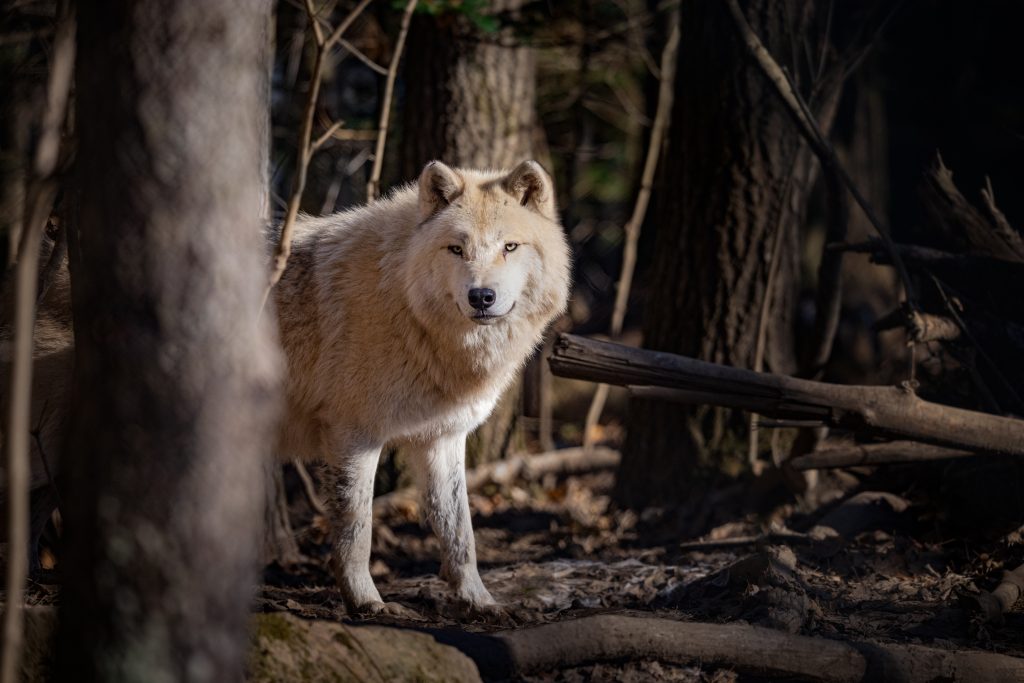Submitted By: Aspen Valley Wildlife Sanctuary
Animals are amazing, and it’s no surprise that many of us are seeking meaningful interactions with wildlife both locally and abroad. The tourism industry hasn’t missed a beat in this regard and offers many opportunities to engage with wildlife. Unfortunately, many of the experiences offered are at the expense of an animal’s well-being. We must tread carefully when it comes to wildlife “tourism”.
While most of us can spot some of the world’s cruellest attractions, such as taking a selfie with a tiger or attending a dolphin show – it is not uncommon for animal-exploiting businesses to market themselves as “sanctuaries” or “rescue centres”. These “pseudo” establishments are not always easy to spot, and we encourage you to ask some key questions before paying any wildlife facility a visit.
As a starting point, we suggest asking four “red-flag” questions. Answers can likely be found by visiting facility websites, following their social-media feeds, and searching for online reviews.
- Do they breed animals in captivity? True sanctuaries do not breed animals. Animals born in captivity (and their offspring) are prohibited from being released back into the wild.
- Do they buy or sell wildlife? A facility that buys or sells animals has profit as its motive. Full stop. Buying wild animals, even to rescue them, invariably drives demand for the illegal wildlife trade.
- Do they invite you to touch or hold the animals? No reputable sanctuary allows “hands-on” interaction with the wildlife in its care. Aside from viewing a trained individual providing necessary care to an animal, you should see no physical contact.
- Do they travel with the animals? True sanctuaries will never take an animal off property as an educational tool or for entertainment purposes. Animals on tour are incredibly stressed, and act through fear, not enjoyment.
Note: There are limited exceptions for small reptiles or some birds, who may be brought on tours.
Next steps? Based on your research thus far, you should have a feel for the organization and can make your decision to visit (or not) accordingly. That said, the light has yet to turn green. After all, photos can be misleading, and the proof is in the pudding (direct experience). For this reason, we offer the following questions to ask yourself during a visit.
- Do the animals have sufficient housing and space. Reputable sanctuaries make every effort to replicate an animal’s natural habitat. They focus on creating environments (enclosures) that meet the animals biological and behavioural needs. If you see an animal in cramped quarters or enclosures with “pacing” paths worn along the perimeter, that’s a red flag. Just like humans, wild animals need sufficient space and the opportunity to remain unseen.
- Do they meet the animals’ social needs? Animals who are members of “social” species are inclined to group together. These animals should share their spaces with compatible companions of the same species. This allows them to use their natural, social abilities to form relationships, such as pack structures. While a true sanctuary would never buy, sell, or entrap an animal for the sake of companionship, it may choose to receive or transfer a captive animal to provide a potential, lifelong companion for another captive animal. No money would exchange hands.
- Do they offer enrichment? In addition to replicating the animal’s natural habitat as much as possible (i.e., sufficient space in a wooded area), true sanctuaries offer multiple outlets for both physical and mental stimulation. These forms of “enrichment” might include a climbing structure, hammocks, or a puzzle feeder that encourages the animal to “forage” for food. Scents and sounds may also be introduced to encourage the animal to explore.
- Do they prioritize opportunities to educate the public? Finally, legitimate sanctuaries will take every opportunity to deliver a strong educational message. They may offer guided tours, attend events, or conduct speaking engagements – all as means through which they can explain the complex needs of rescued wildlife, dispel myths, and teach people how to live in harmony with wildlife.
True wildlife-rehabilitation facilities provide care to wild animals who are sick, injured, or orphaned. Exposure to humans is kept to an absolute minimum, and the animals are typically returned to the wild. If an animal does not heal, or will not be able to survive on its own in the wild, it may be euthanized in order to end suffering.
True wildlife sanctuaries may also provide some animals with lifetime care until their natural deaths. These animals likely had a rough start and cannot be returned to the wild. They may come from the entertainment industry or roadside zoos, or from well-meaning individuals who tried to rehabilitate the animals on their own. Note: Under provincial law, it is illegal to keep wild animals as pets.
VISIT ASPEN VALLEY – WHERE WILDLIFE COMES FIRST
For people who are amazed by wildlife and are looking to meet Ontario’s native species, Aspen Valley Wildlife Sanctuary is a “true” rehabilitation facility and sanctuary. We are a registered charity that does not buy, breed, or sell. Rather, we rescue over 1,000 animals each year and return many of them to the wild following successful rehabilitation. We also provide forever home to native species that are unable to be returned to the wild through no fault of their own.
While our Sanctuary is not open to the public, reservations can be made in advance to experience a guided, educational tour.
These tours provide unique opportunities to see the Sanctuary’s permanent residents and hear their stories, and learn how to live in harmony with wildlife. Such opportunities are limited in both size and number – so it is best to book your appointment well in advance. E-mail us today at tours@aspenvalley.org. Note: Animals in rehabilitation are not a part of this tour.
